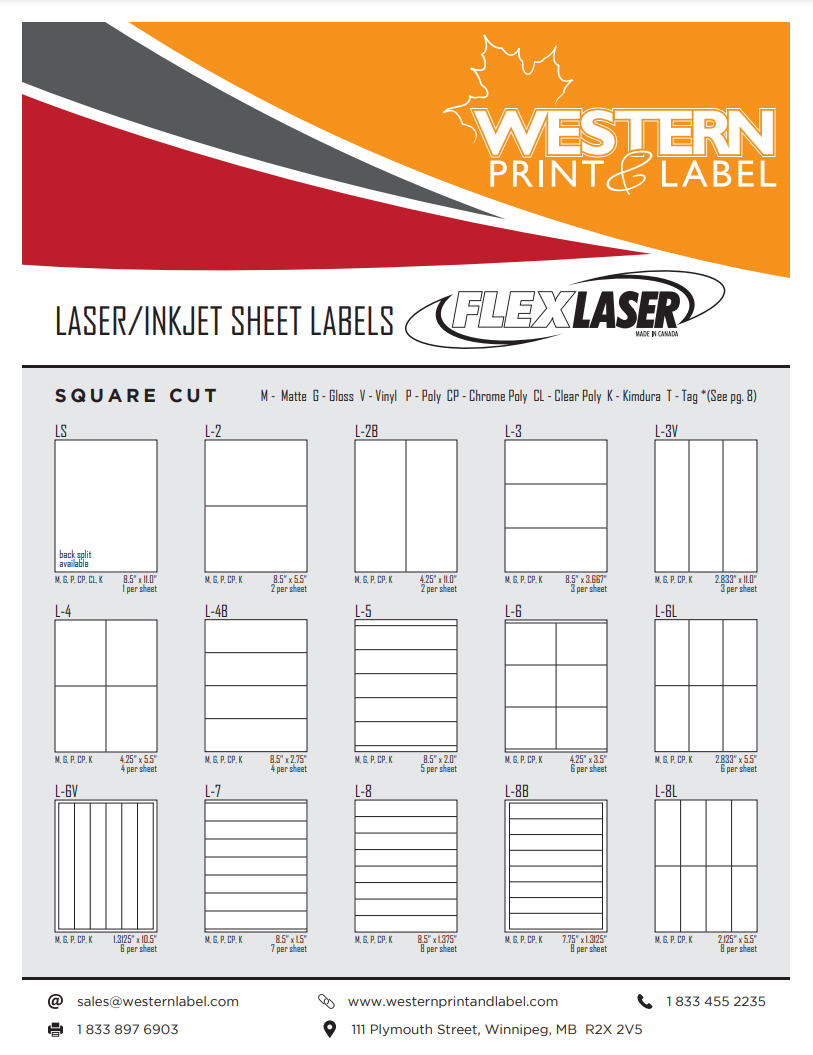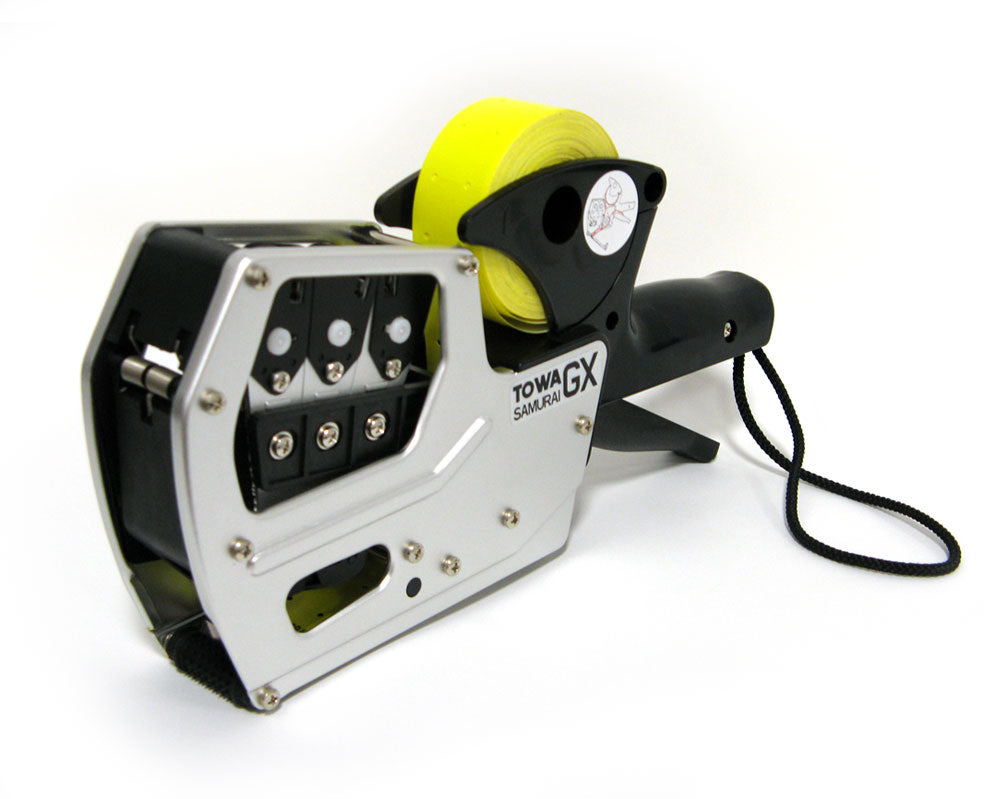In a world increasingly aware of its ecological footprint, the printing industry is stepping up to meet the rising demand for environmentally responsible practices. At Western Print and Label, sustainability isn't just a trend—it's a commitment. Our journey into the realm of eco-friendly printing materials reflects our dedication to not only enhancing the aesthetic appeal of our products but also preserving our planet. This blog post delves into the advancements in sustainable materials that are transforming the label industry and setting new benchmarks for quality and environmental stewardship.
The Rise of Green Materials in Printing
Both environmental concerns and consumer preferences have driven the shift towards sustainable printing materials. Modern consumers are more informed and selective about the products they purchase, favouring brands that demonstrate environmental responsibility. This has prompted companies to rethink their material choices, turning to eco-friendly alternatives that reduce pollution, waste, and carbon footprint.
Types of Eco-Friendly Printing Materials
Recycled Paper: Once a niche market, recycled paper has become mainstream in the label printing industry. Post-consumer waste reduces the need for virgin fibres and decreases landfill waste and energy consumption in paper manufacturing. The recycled paper now comes in various grades and qualities, suitable for everything from basic labelling to luxury packaging.
Biodegradable Plastics: Traditional plastics are known for their durability, but their long decomposition time poses a significant environmental problem. Biodegradable plastics, made from natural materials like corn starch and wheat, offer a solution. These plastics decompose much faster under the right conditions, providing a viable option for reducing plastic waste in the environment.
Plant-Based Films: Innovations in material science have led to the development of plant-based films, which use polymers derived from renewable resources like cellulose, soy protein, and polylactic acid (PLA). These films are compostable and offer excellent print quality, making them ideal for both flexible and rigid packaging solutions.
Soy and Vegetable-Based Inks: Moving away from petroleum-based inks, soy and vegetable-based inks have emerged as a sustainable alternative. These inks offer vibrant colours and good on-press performance, reducing volatile organic compounds (VOCs) released into the environment during the drying and curing processes.
Stone Paper: Stone paper is a revolutionary material made from calcium carbonate bound with a small amount of HDPE (High-Density Polyethylene). With no water or trees used in its production, stone paper is a prime example of sustainable innovation. It is waterproof, tear-resistant, and has a smooth texture that ensures high-quality printing.
Benefits of Switching to Eco-Friendly Materials
-
Reduced Environmental Impact: Businesses can significantly lower their environmental impact by choosing sustainable materials, contributing to a healthier planet.
-
Enhanced Brand Image: Eco-friendly packaging can strengthen a brand’s image, attracting environmentally conscious consumers and increasing market share.
-
Compliance and Future-Proofing: With stricter environmental regulations on the horizon, transitioning to eco-friendly materials now can help companies stay compliant and competitive in the future.
Western Print and Label's Commitment to Sustainability
At Western Print and Label, our commitment to sustainability is embedded in every layer of our operations. We continually explore and adopt the latest eco-friendly materials and technologies to ensure that our products meet and exceed consumer expectations and environmental standards. Our expert team is dedicated to guiding our clients through the benefits of sustainable materials, helping them make informed choices that align with their brand values and sustainability goals.
Conclusion
The advancements in eco-friendly printing materials are more than just a response to regulatory pressures; they are a testament to the industry's ability to innovate and adapt in the face of global challenges. At Western Print and Label, we are proud to be at the forefront of this transformation, championing the adoption of materials that offer both environmental benefits and exceptional quality. As we continue to explore and expand our sustainable material options, we invite our clients and partners to join us in this green revolution, crafting a future where print and sustainability go hand in hand.
For more information on our eco-friendly materials and how we can help your brand transition to more sustainable practices, visit our website at www.westernprintandlabel.com. Together, we can make a significant impact—one label at a time.
Top 10 Keywords:
Eco-Friendly Printing, Sustainable Materials, Recycled Paper, Biodegradable Plastics, Plant-Based Films, Soy Inks, Stone Paper, Environmental Impact, Green Revolution, Sustainability in Printing
Top 10 Hashtags:
#EcoFriendlyPrinting, #SustainableMaterials, #RecycledPaper, #BiodegradablePlastics, #PlantBasedFilms, #SoyInks, #StonePaper, #EnvironmentalImpact, #GreenRevolution, #SustainabilityInPrinting







